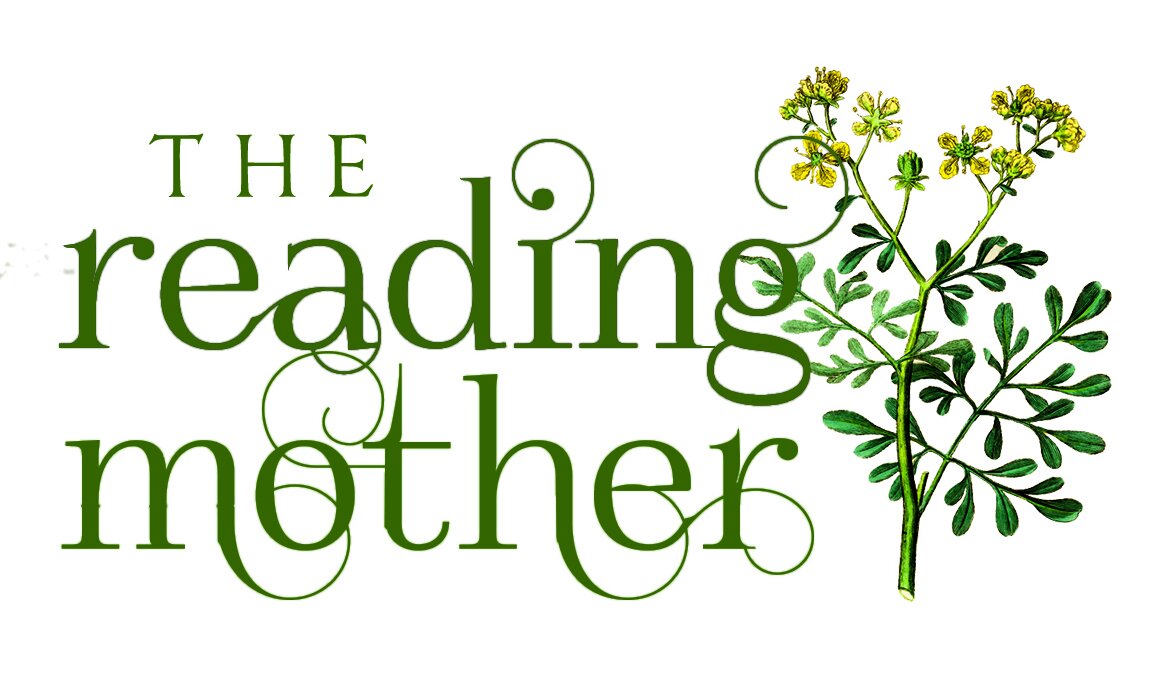The Art of Commonplace For Students
This series of three posts is addressed to students—of all ages!— based on recommendations in Cottage Press Language Arts and the Commonplace Book Practices at Providence Prep.
Sir, if you will be so good as to favor me with a blank book, I will transcribe the most remarkable occurrences I meet with in my reading, which will serve to fix them upon my mind. ~ John Quincy Adams, age 10, in a letter to his father
Dearest y'all,*
Your commonplace book is the place to copy and/or record beautiful passages, insightful quotes and arguments, elegant—or quirky—turns of phrase that you find in your reading, "passages or matters to be especially remembered or referred to" (Oxford English Dictionary).
Sometimes you may be asked to copy passages which are particularly relevant to a topic or theme we will discuss in class. Sometimes you may asked to copy examples of a particular figure of speech or literary device. You should also regularly be entering favorite passages from your reading. Aim for no less than four or five entries per week in your commonplace books . . . my hope is that you will make commonplacing a lifelong habit.
In your younger years, you may have kept a copybook. The difference between a copybook and a commonplace book really comes down to this: who (usually) chooses the passage to copy? Copybook entries are generally chosen by the teacher to train younger students in the mechanics of writing, spelling, grammar, and penmanship. Now that you have begun to master those things, you move to a commonplace book where you begin to choose your own passages, based on your own criteria. Even in situations where you are given a commonplace assignment, you will almost always be the one who decides which passage you will enter.
*Dearest y'all is my customary greeting in all correspondence with my students. In the immortal words of my dear Mississippi friend Karen, "Y'all is a very useful word!"
Choose Your Commonplace Book and Pen
Of course, you can begin to commonplace with any notebook and pen, but do consider quality and aesthetics. With journaling so popular these days, choices abound, including those that will please both your senses and your pocket.
A Composition Book or Journal


A simple sewn composition book, 100 sheets college ruled, is the most economical. These are generally made with good quality smooth paper (check to be sure!). The marbled cover is a classic design.For more personalization, you can cover a composition book with scrapbook materials, wallpaper, or even fabric.
If finances allow, you might wish to invest in a more upscale book. Names like Rhodia (my personal favorite), Leuchtturm, and Moleskine are reliable; or check discount stores like Marshall’s, Ross, and TJ Maxx for more some equally elegant but less expensive options.Your commonplace book should
lay flat
have lines or dots
have smooth pages
be thick enough that your pen will not bleed through
A Pen
Consider having a pen dedicated to commonplacing. How about a fountain pen? I love mine, but the rest of my family is not too thrilled with the characteristic ink stained fingers that distinguish a fountain pen afficianado. On the other hand, no one wants to "borrow" my pens.Ink choices abound, but stick to a bolder hue. Pink, purple, and sparkly inks—take my advice, and skip those—you'll thank me when you are thirty and nostalgic and revisiting younger commonplacing years. (Yes, you will!) Black ink is classic, although it can be a little harsh, particularly if your pages are stark white. Blue or brown ink are eye-pleasing choices.Your pen should
fit your hand comfortably
have ink that flows smoothly without blots or clogs
The Art of Commonplace for Students:
The Art of Commonplace For Students, Part 2—Setting Up and Using Your Commonplace Book
The Art of Commonplace for Students, Part 3—Creating a Commonplacing Atmosphere


